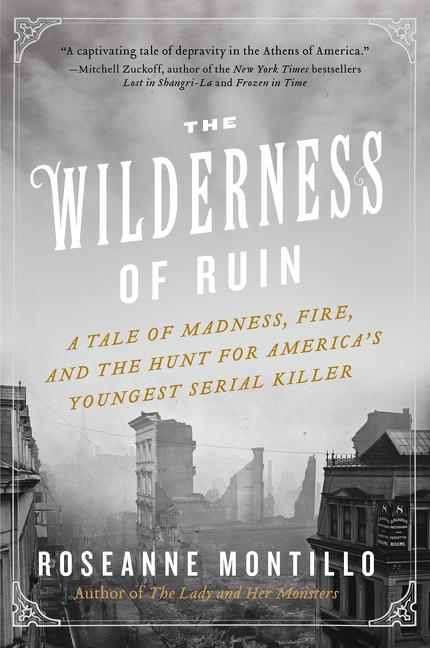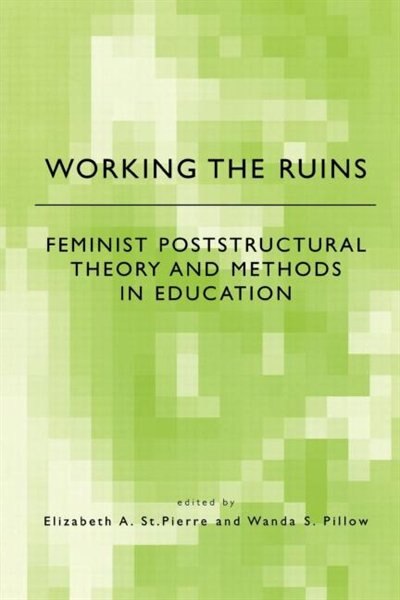Home
The Language of Ruins by Patricia A. Rosenmeyer, Hardcover | Indigo Chapters

Coles
The Language of Ruins by Patricia A. Rosenmeyer, Hardcover | Indigo Chapters
From Patricia A. Rosenmeyer
Current price: $94.00
Loading Inventory...
Size: 1 x 9.25 x 568
*Product information may vary - to confirm product availability, pricing, and additional information please contact Coles
A colossal statue, originally built to honor an ancient pharaoh, still stands today in Egyptian Thebes, with over 100 Greek and Latin inscriptions covering its lower surfaces. Partially damaged by an earthquake, and later re-identified as the Homeric hero Memnon, it was believed to "speak"regularly at daybreak. By the middle of the 1st century CE, the Memnon colossus had become a popular site for sacred tourism; visitors flocked to hear the miraculous sound, and left behind their marks of devotion (proskynemata). The inscriptions are varied and diverse: brief acknowledgments ofhaving heard Memnon's cry; longer lists by Roman administrators including details of date, time of day, and personal accomplishments; and more elaborate elegiac verses by both amateur and professional poets. While recent studies of imperial literature acknowledge the colossus, few address the inscriptions themselves. The Language of Ruins is the first critical assessment of all the inscriptions considered in their social, cultural, and historical context. The Memnon colossus functioned as a powerfulsite of engagement with the Greek past, and appealed to a broad segment of society. The inscriptions shed light on contemporary attitudes toward sacred tourism, the role of Egypt in the Greco-Roman imagination, and the cultural legacy of Homeric epic. Memnon is a ghost from the Homeric past anchoredin the Egyptian present, and visitors yearned for a "close encounter" that would connect them with that distant past; many of their inscriptions are written in archaizing language. The inscriptions thus idealize Greece by echoing archaic literature in their verses at the same time as they reflecttheir own historical horizon. The book consists of six chapters, each contributing to the overarching argument that the colossus functions as a powerful site of engagement with the Greek past, unifies oppositions, and appeals to an unusually broad segment of society. The author concludes by examining the figure of the colossusin Roman imperial literature as well as its influence on later Romantic artists like Schubert, Wordsworth, Keats, and Shelley. | The Language of Ruins by Patricia A. Rosenmeyer, Hardcover | Indigo Chapters





















